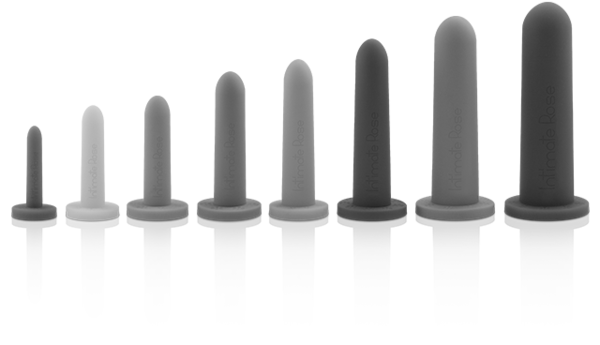Dilator is a medical term used to describe a surgical instrument or implement used to dilate a passage or opening, such as the rectum or vagina.
In the past two decades, women’s health physiotherapists have used vaginal dilators to treat/desensitise pain on intercourse, for rehabilitation post brachytherapy, for gynaecologic cancers, and to treat vaginismus and other pelvic floor conditions. Dilators usually come in a set, of progressively larger sizes and are usually made of glass or silicone. The use of dilators needs to be specific and individualised for each patient depending on the symptom presentation.
The use of dilators originate from the Hippocrates treatise. Dilators were commonly made of pine wood and initially were used on rectal passage. Later on, they were implemented for the vagina. The earliest descriptions of vaginal dilators were documented in Pompeii AD 79. These dilators were made of bronze and were found amongst other surgical instruments.
Documents originating from 19th century described how vaginal dilators were used to treat a congenital condition, vaginal agenesis, as a nonsurgical way of producing an artificial vagina. Along the same lines but more recently vaginal dilators are being used for the same purpose in male to female gender reassignment surgeries.
Description provided by Natasa Banicevic of Australia

